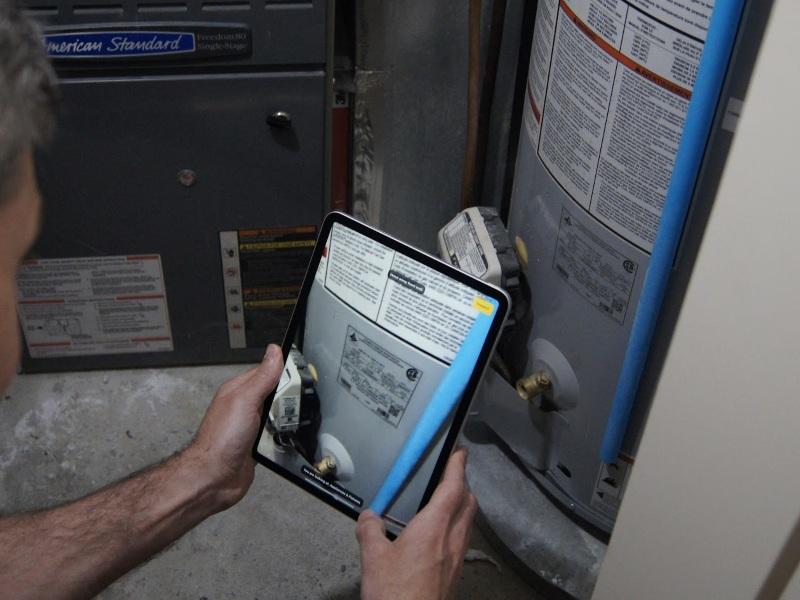
Ontario’s Independent Electricity System Operator (IESO) has unveiled its largest procurement of battery energy storage projects to date and a new investment into its natural gas network.
The IESO, a Crown corporation that operates Ontario’s electricity market and manages the grid, announced a procurement of seven battery projects totalling 739 megawatts by 2026, and 586 megawatts of “expansions and upgrades at existing sites” for natural gas according to a release.
The energy storage and natural gas investments add 1,325 megawatts of long-term capacity, as part of an IESO plan to add 4,000 megawatts which was unveiled in the 2022 Annual Acquisition Report.
Bonnie Chan, the IESO’s manager of resource integration, told SustainableBiz, “Right now, (Ontario’s) electricity sector is pretty much going under a period of significant transformation. We are seeing economic development, so demand accelerating across the province as well as in more targeted markets across the province as well and thinking out decarbonization.”
The procurements, she said, “will be important to secure resources for the next decade or so,” with Ontario retiring or refurbishing some nuclear reactors. This means the province has to secure reliable energy capacity for the transition period.
The energy storage procurement
The seven battery storage facilities will be located across Ontario and vary from five megawatts to 300 megawatts.
Chan said the batteries will be charged during an energy surplus, such as during overnight times when there are lower charging costs. Ontario’s electrical grid is largely non-emitting, and Chan said its mix of baseload resources – nuclear and hydro – is expected to provide the power to charge the batteries.
Montreal-based renewable energy company Boralex announced it was awarded two of the projects:
- The 300-megawatt Hagersville Battery Energy Storage Park, a four-hour duration battery storage project near the Town of Hagersville; and
- the Tilbury Battery Storage Project, an 80 megawatt, four-hour duration battery storage project in the Municipality of Lakeshore.
The projects are expected to be in service by 2026 and will join the already-announced 250-megawatt Oneida Energy Storage facility that is scheduled to be in service in 2025. Ontario currently has 228 megawatts of storage capacity on the grid at the pumped storage Sir Adam Beck facility.
The IESO expects Ontario to have at least 1,217 megawatts of storage capacity in its electricity market by 2026.
Chan could not immediately provide an estimate for the cost, as the procurements are still developing.
The natural gas dilemma
The IESO simultaneously revealed its plan to secure up to 291 megawatts of natural gas capacity from efficiency upgrades at existing facilities through the Same Technology Upgrades procurement and acquire 295 megawatts of natural gas capacity through an expedited process.
The continued support for natural gas infrastructure conflicts with pathways set by groups advocating for a net-zero grid.
A report from Power Advisory suggests Ontario can attain a net-zero grid by 2035 by focusing on renewables and energy storage. Evan Pivnick, the clean energy program manager at Clean Energy Canada, told SustainableBiz in an interview wind and solar are cheaper than natural gas, and Ontario's investment into natural gas infrastructure risks creating a stranded asset.
But Chan said natural gas will play a key role in Ontario’s energy reliability as a “unique resource where it does provide a lot of capacity in energy and flexibility in order to maintain hour-to-hour system balance.”
Hydrogen and energy storage could serve as non-emitting resources that could help replace natural gas in the future, she continued.
In its Pathways to Decarbonization report, the IESO says a moratorium on natural gas “would be feasible beginning in 2027.”
Other developments
The IESO also outlined two areas it will explore to further decarbonize Ontario’s grid.
The first is energy efficiency. Ontario provided $342 million in funding for the Save on Energy programs, which is said to deliver additional peak electricity demand savings of 285 megawatts by 2025.
Secondly, the IESO will establish a Hydrogen Innovation Fund to support hydrogen projects and conduct research to help drive broad emissions reductions.
The IESO also plans announce a second stream of energy storage project procurements.










